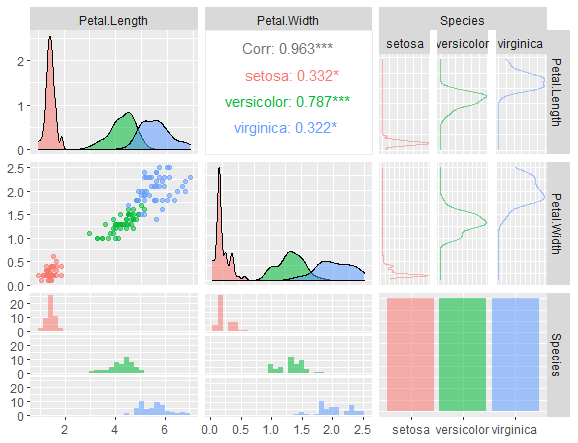Autocorrelation and Partial Autocorrelation in Time Series
Autocorrelation and Partial Autocorrelation in Time Series, The correlation between two observations made at various times throughout a time series is known as autocorrelation. For instance, there might be a significant positive or negative correlation between numbers that are separated by an interval. Rejection Region in Hypothesis Testing – Data Science Tutorials When these correlations…
Read More “Autocorrelation and Partial Autocorrelation in Time Series” »















